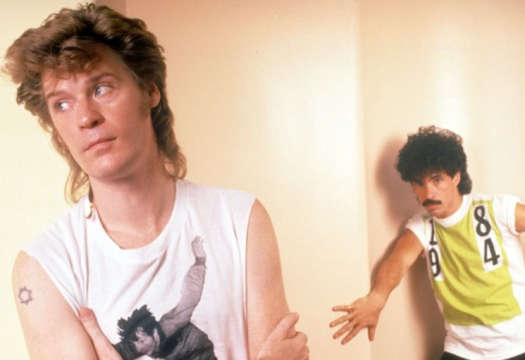Something consistent throughout the Silent Hill games, which original Silent Hill director Christophe Gans understood, is the ominous sense of atmosphere and waking nightmare unease that define the franchise. Though creatively rendered and genuinely disturbing, the monsters and demons don't define this world so much as the metaphysical angst and examinations of waking reality submerged in subconscious fantasy. The horror stems from the self and unrealized, or repressed, identity that find meaning from nightmares and past signifiers.
Unfortunately, Michael J. Bassett's interpretation of the text is as superficial and misguided as one could imagine. Rather than internalize the already established and gorgeously designed universe hovering between reality and dreams, he tries to make the plot literal, grounding it in our present reality while ignoring the atmospheric component in favour of late period Nightmare on Elm Street cheap scares. He even manages to throw in some unnecessary nudity and graphic bodily mutilation, which couldn't be further from the point of the central text.
In trying to explain the original film, Revelation finds Heather (Adelaide Clemens), the daughter of Harry (Sean Bean) and Rose (Radha Mitchell) from the first, awaiting her 18th birthday and attending a new high school after again having to run from the many folks from Silent Hill trying to bring her back.
Eventually, they kidnap her father, leading her to return to the fog-covered, ash-littered town, but not before endless, mealy, painful exposition wastes the majority of the runtime explaining her birth and the religious cult portion of Silent Hill, as well as the awkwardly injected theme of duality (good/evil, light/dark, reality/dream, etc.).
Never once does Bassett let the images speak for themselves, nor does he ever attempt to generate unease from tone and stillness. He treats this material like cheap slasher horror, featuring a mannequin spider and abundance of monstrous vaginal imagery, when not denigrating actors like Carrie-Anne Moss or Malcolm McDowell by having them spew some of the worst dialogue ever written.
It's unfortunate that this film turned out so horribly, since all Bassett had to do was maintain an aesthetic and universe already established quite successfully. But, instead of embracing the oblique and philosophical, he went the adolescent and solipsistic route by clumsily explaining everything and exploiting cheap cinematic tropes and crass visceral scares, which ultimately aren't even scary.
(Alliance)Unfortunately, Michael J. Bassett's interpretation of the text is as superficial and misguided as one could imagine. Rather than internalize the already established and gorgeously designed universe hovering between reality and dreams, he tries to make the plot literal, grounding it in our present reality while ignoring the atmospheric component in favour of late period Nightmare on Elm Street cheap scares. He even manages to throw in some unnecessary nudity and graphic bodily mutilation, which couldn't be further from the point of the central text.
In trying to explain the original film, Revelation finds Heather (Adelaide Clemens), the daughter of Harry (Sean Bean) and Rose (Radha Mitchell) from the first, awaiting her 18th birthday and attending a new high school after again having to run from the many folks from Silent Hill trying to bring her back.
Eventually, they kidnap her father, leading her to return to the fog-covered, ash-littered town, but not before endless, mealy, painful exposition wastes the majority of the runtime explaining her birth and the religious cult portion of Silent Hill, as well as the awkwardly injected theme of duality (good/evil, light/dark, reality/dream, etc.).
Never once does Bassett let the images speak for themselves, nor does he ever attempt to generate unease from tone and stillness. He treats this material like cheap slasher horror, featuring a mannequin spider and abundance of monstrous vaginal imagery, when not denigrating actors like Carrie-Anne Moss or Malcolm McDowell by having them spew some of the worst dialogue ever written.
It's unfortunate that this film turned out so horribly, since all Bassett had to do was maintain an aesthetic and universe already established quite successfully. But, instead of embracing the oblique and philosophical, he went the adolescent and solipsistic route by clumsily explaining everything and exploiting cheap cinematic tropes and crass visceral scares, which ultimately aren't even scary.




